What Pac-12 Players #WeAreUnited Means for The Future of the NCAA
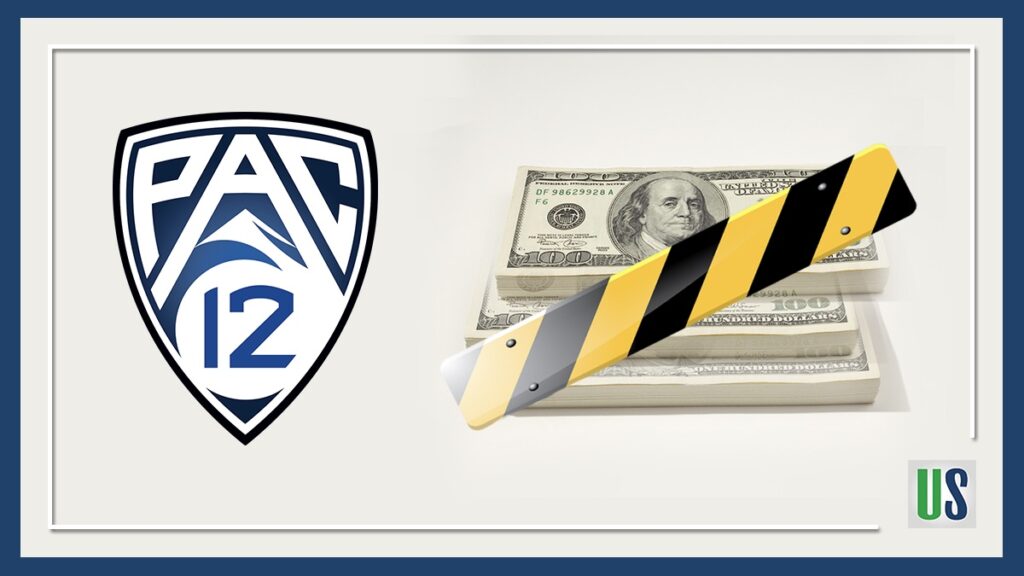
Player-approved health standards enforced by a third party Prohibit COVID-19 waivers 50% of total conference revenue evenly distributed among athletes Ability to secure Name, Image, and Likeness (NIL) representation Freedom to transfer and/or return to school if undrafted Reduce pay of Larry Scott, coaches, and administrators Due process rights These are a few of the […]
What is the New NCAA Independent Investigation Unit
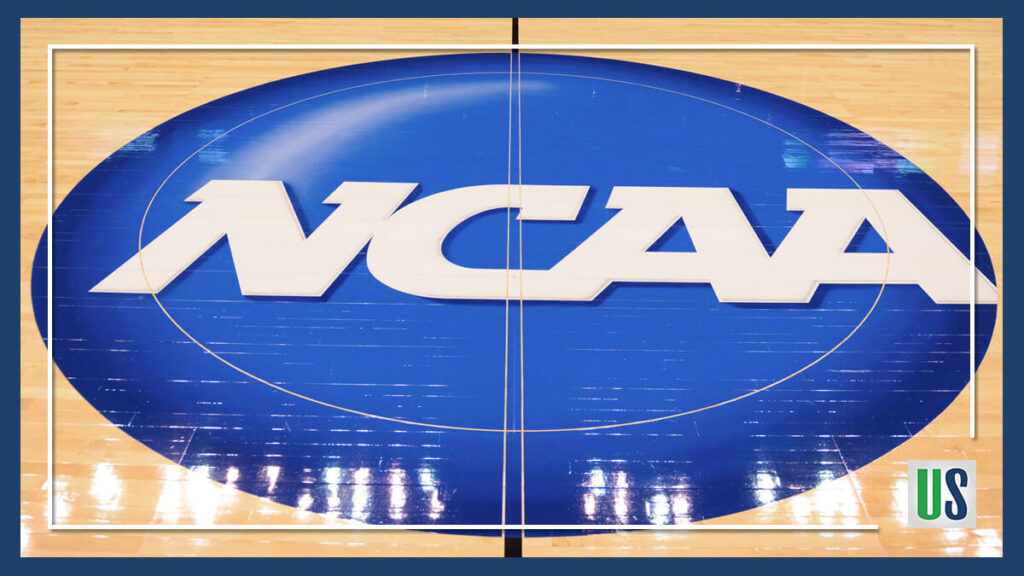
The NCAA has formed an independent investigation unit to oversee “complex cases.” Only a school representative, NCAA enforcement staff, or member of the NCAA Division I Committee on Infractions can bring a case under the new investigation process. What is the unit’s purpose and how does it plan to effect change? The Independent Accountability Resolution […]
Ranking the NBA Superstar Duos for the 2019-20 NBA Season
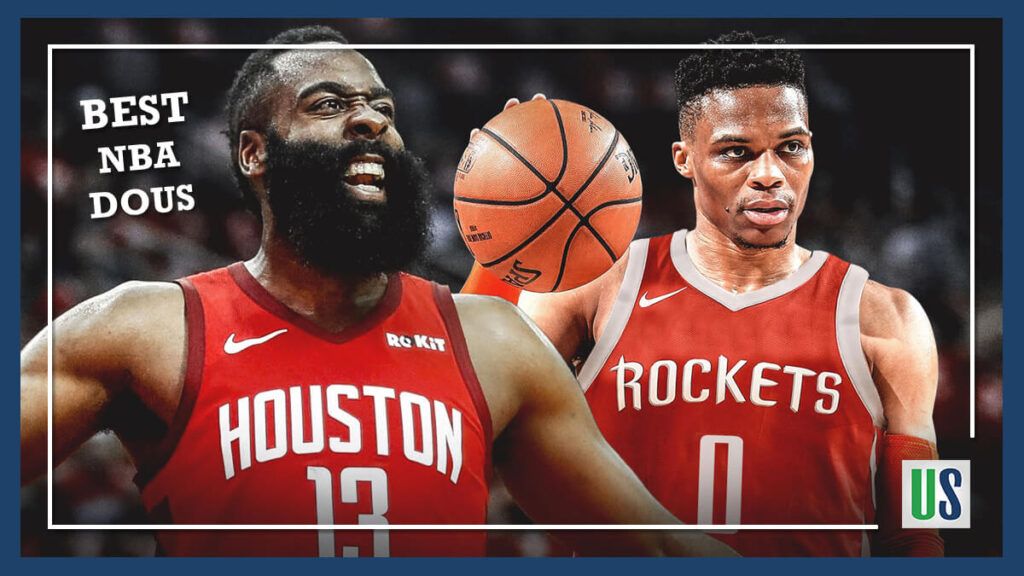
The NBA Superteam Era is dead. Kawhi Leonard made sure of this when he dismantled the Golden State Warriors and rejected Lebron James’ attempts to lure him to the Los Angeles Lakers. The landscape has shifted to “Super Duos,” with players now desiring to team up with friends or individuals who complement their skills and […]
Kawhi Leonard v. Nike, Inc.: The Fight For “The Klaw”
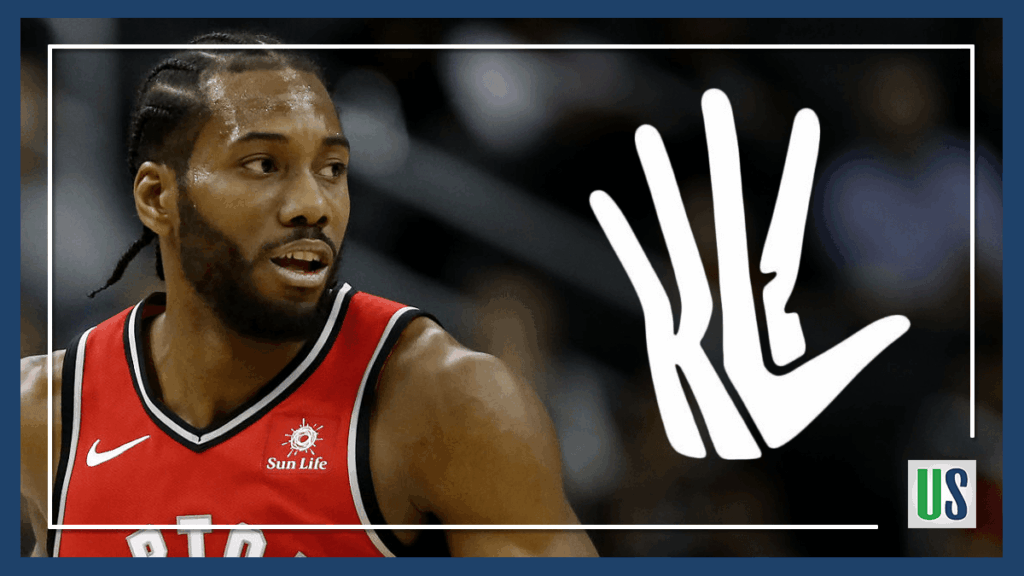
With the series tied 1-1 heading into Game 3 of the NBA Finals between the Toronto Raptors and the Golden State Warriors, much talk has been centered on the Raptors’ pursuit to overthrow the latest dynasty to grace the hardwood. However, Raptors’ Kawhi Leonard has become the subject of a storyline off the court. The […]
Compensation and Education: Launch of the Historical Basketball League
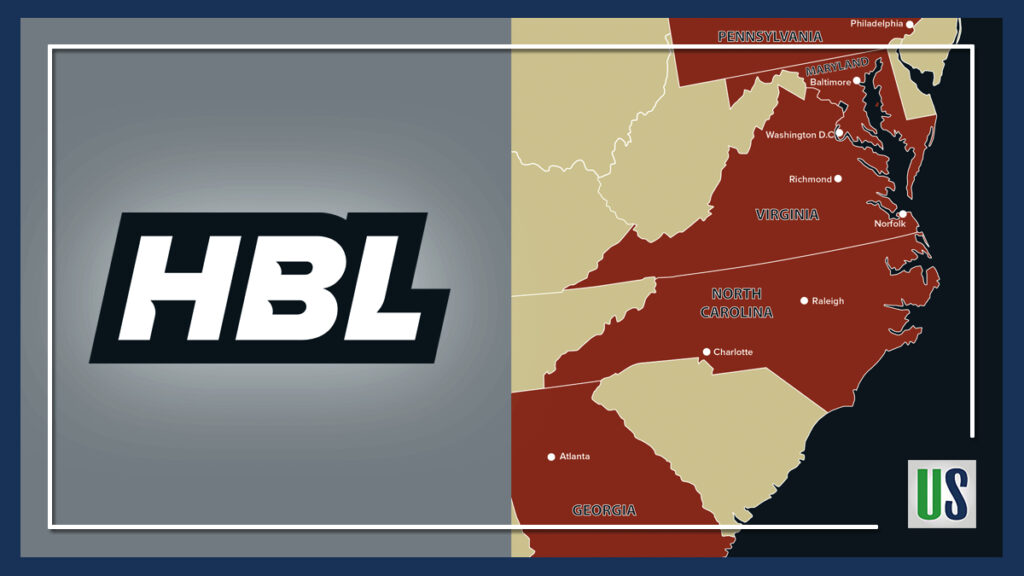
The Historical Basketball League who’s aim is to focus on compensation and education announced the following eight cities for the launch of the league’s inaugural season set to take place in June 2020: Atlanta, Georgia Baltimore, Maryland Charlotte, North Carolina Raleigh, North Carolina Philadelphia, Pennsylvania Norfolk, Virginia Richmond, Virginia Washington, DC Focusing on the east […]